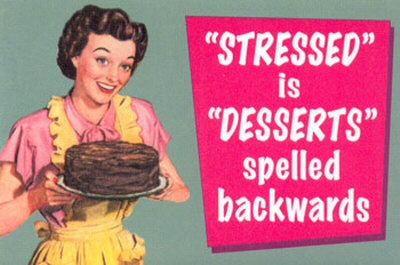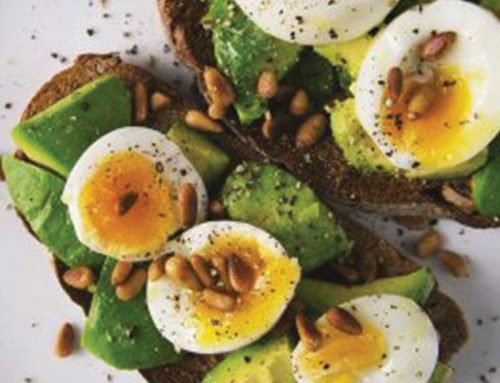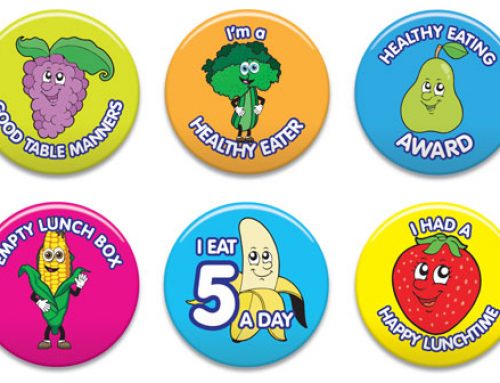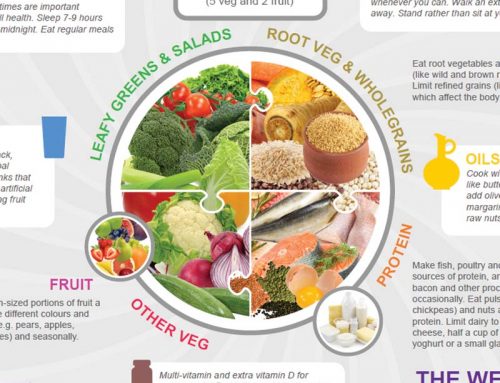
So you arrive home late after a long stressful day at the office and decided to treat yourself to a pizza. You’re bored, there’s nothing on the TV, so you eat a packet of crisps. You’re lonely, fed up or annoyed about something but you don’t reach for the apple sitting in the fruit bowl, oh no, you munch your way through a packet of biscuits instead, sound familiar?
What’s the problem?
When we’re feeling low, angry, bored or stressed, many of us turn to food to give us comfort which is fine if it only happens now and again. However, if your emotions start taking over your eating habits and you’re developing a serious chocolate habit which is taking its toll on your waistline, it may be time to take action.
How does it begin?
Research suggests that comfort eating is something that’s instilled in us from birth. When we were babies we cried and our mothers comforted us with milk. As we grew older, we were given treats for comfort if we hurt ourselves or had been to the Doctor. When we were good we were rewarded with sweets or an ice- cream. The lesson learned was that food could make us feel better. And the early lessons in life always stay with us.
Is it a gender thing?
In my experience as a nutritionist it certainly appears that women tend to have more of an emotional relationship with food and so comfort eat more. According to a 2005 study by Cornell University comparing male and female eating patterns, women are more likely to turn to comfort foods high in fat and sugar whilst experiencing negative emotions whereas men are more likely to pick steaks, pasta and soups when motivated by positive emotions. The study also found that women were 50 percent more likely than men to feel guilty about indulging in comfort foods.
******************************
So, How can you beat comfort eating?
The good news is you can take steps to regain control over your eating habits. Read on for my top tips for beating comfort eating:
1) Identify your emotional triggers
Keep a food and mood diary. Try writing down everything you eat for a week and jot down what you were feeling before you ate it. This will help you to identify whether particular feelings, circumstances, people or events act as triggers. Try to pinpoint what it is you need and aren’t getting. It may be mental stimulation, companionship, love, or even just a hug.
2) Differentiate between emotional & physical hunger
Many of us have difficulty distinguishing between true hunger, a desire to eat and a craving. But it’s vital that you now how to differentiate between them, so here’s how:
- If you not eaten for hours, your stomach feels empty and is rumbling, that’s HUNGER
- If you’ve just eaten a full meal but you fancy having seconds, that’s a DESIRE.
- If you have a sudden and strong urge to eat something specific that’s a CRAVING.
3) Try good mood foods
It’s important to remember that it’s not only chocolate that can make us feel good. In fact, there are other foods which work much better. There is growing evidence that certain foods which contain the amino acid tryptophan can actually boost serotonin levels in the brain which makes us feel happy and content so try good mood foods like bananas, nuts, eggs and yogurt to boost your mood the healthy way.
4) Find a new comfort
If you are eating because you are bored, find another way to amuse yourself so you don’t always reach for the biscuit tin. Try going for a walk or a jog or even joining a dance class. Exercise is the best natural mood-enhancer. If you’re feeling sad or anxious, try short bursts of any type of activity to blow off some steam. Music is also a powerful mood-changer. Put something upbeat on, dance around the house and create some playlists that make you feel good
5) No more excuses
We all have a number of ‘permission giving’ thoughts that allow us to justify eating the wrong foods. For example, ‘I know I shouldn’t eat this, but it’s ok because…… I’m stressed, it’s just a little piece, I’ll make up for it tomorrow, I’m celebrating, I deserve it’ and so on. Try coming up with some helpful responses to your own excuses, write them down and refer to them when temptation strikes. Here’s an example ‘I can’t have it both ways, I can’t eat whatever I want and be slim.’
6) Only eat at the table
A lot of comfort eating tends to happen unconsciously when we’re doing something else like watching TV, driving, working on the computer or standing at the kitchen counter. Committing to only eating when sitting down at the table will help you eat more consciously and so eliminate mindless and damaging eating patterns.






